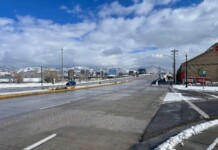Bill Targets Salt Lake City Vision Zero Program that Seeks to Eliminate Traffic Fatalities
A new Utah bill would threaten new bike lanes in Salt Lake City and make Salt Lake City’s streets less safe. Senate Bill 195, an omnibus Transportation related bill put forth by Sen. Wayne Harper had last second language inserted just prior to being voted on by the full Senate. The new language would effectively eliminate new bike lanes in Salt Lake City by banning narrowing of lanes or reduction of lanes (road diet) for at least 9 months from May 7, 2025 to March 6, 2026 during the heart of the 2025 construction season.
UPDATE: Rep. Angela Romero (D) has introduced SB0195 Sub 4 which would eliminate the anti-street-safety language. Ask your representative and senator to support this substitute bill, especially in the House Transportation Committee. See below for how to help.
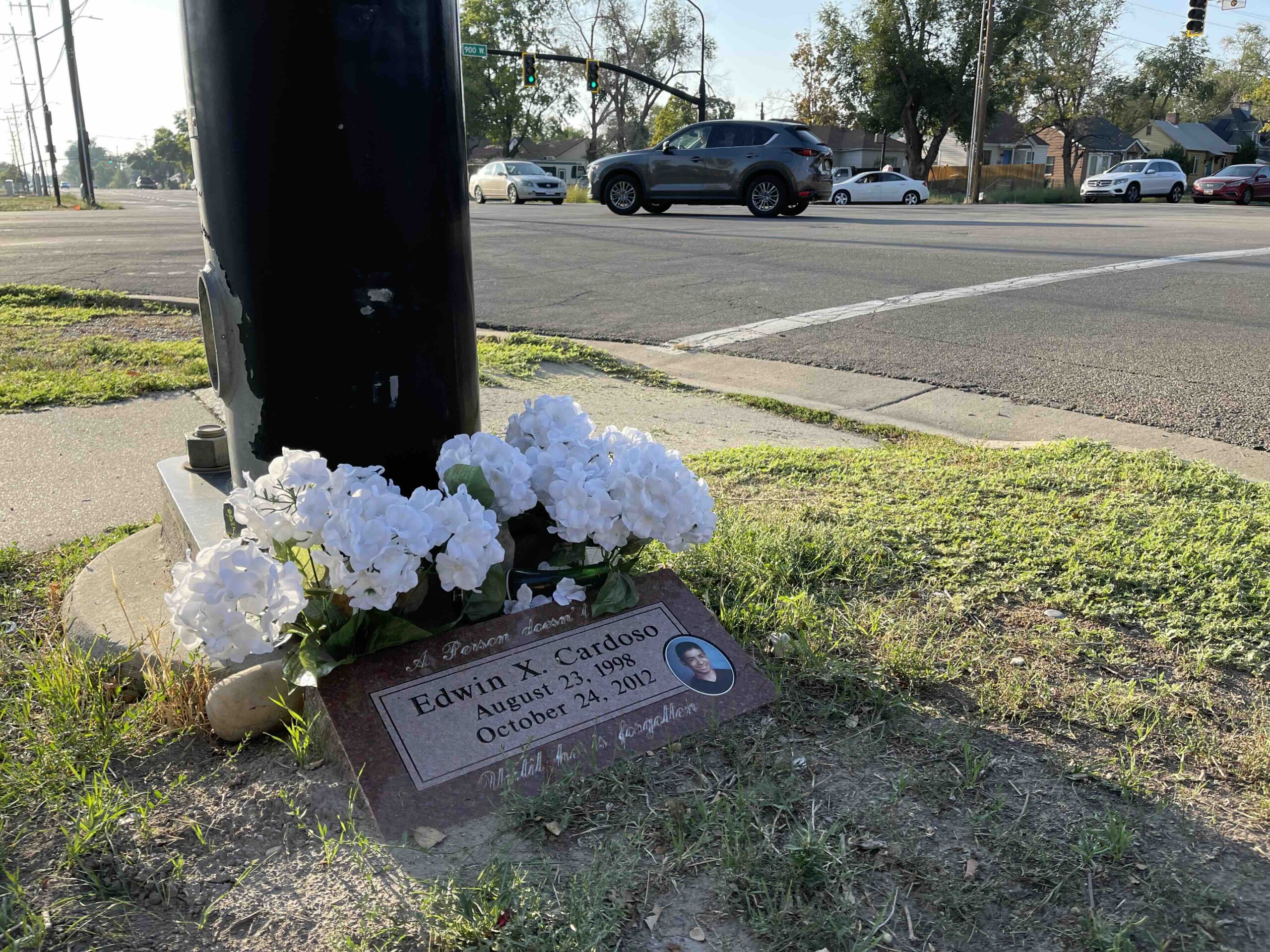
The bill is full of lots of items such as increasing transportation connectivity, wrong way driving, and litter mitigation. But, like a trojan horse, full of ‘improvements’, the bill has surprise language on line 2867 that would put a moratorium on any traffic calming in Salt Lake City and “any strategy that has the potential to decrease the number of vehicles that can travel on a highway per hour” including reducing the number of lanes, narrowing of lanes, adding traffic control measures (read no new stop lights or signs), decreasing speed limits, adding speed bumps, or “any other strategy that when implemented may increase congestion for motor vehicles or discourage motor vehicles from driving on a particular highway.”
Map of Salt Lake City Traffic Violence since 2021. Red pins are deaths, yellow flags are serious injuries. Map courtesy SweetStreets.org
So, not only will the bill effectively ban new bike lanes for at least 9 months, but it will also ban just about any road work or street changes that have any potential to slow cars. Car speed and convenience are primary whereas the safety of everyone else takes a back seat.
The bill targets Salt Lake City directly as a city of the first class and subjects no other city in Utah to this state government overreach. It would ban any new ‘highway reduction’ strategies or existing strategies from May 7, 2025 to March 6, 2026. It would also force the Utah Department of Transportation to study any Salt Lake City traffic strategy that exists or will be implemented from July 1, 2015 to July 1, 2035 – a 20 year review intended to hamstring road safety. While the bill doesn’t speak to what would be done with the results of the studies, it could potentially force removal of traffic calming and would certainly delay efforts. And that will surely result in more injuries and deaths in Utah’s capital city.
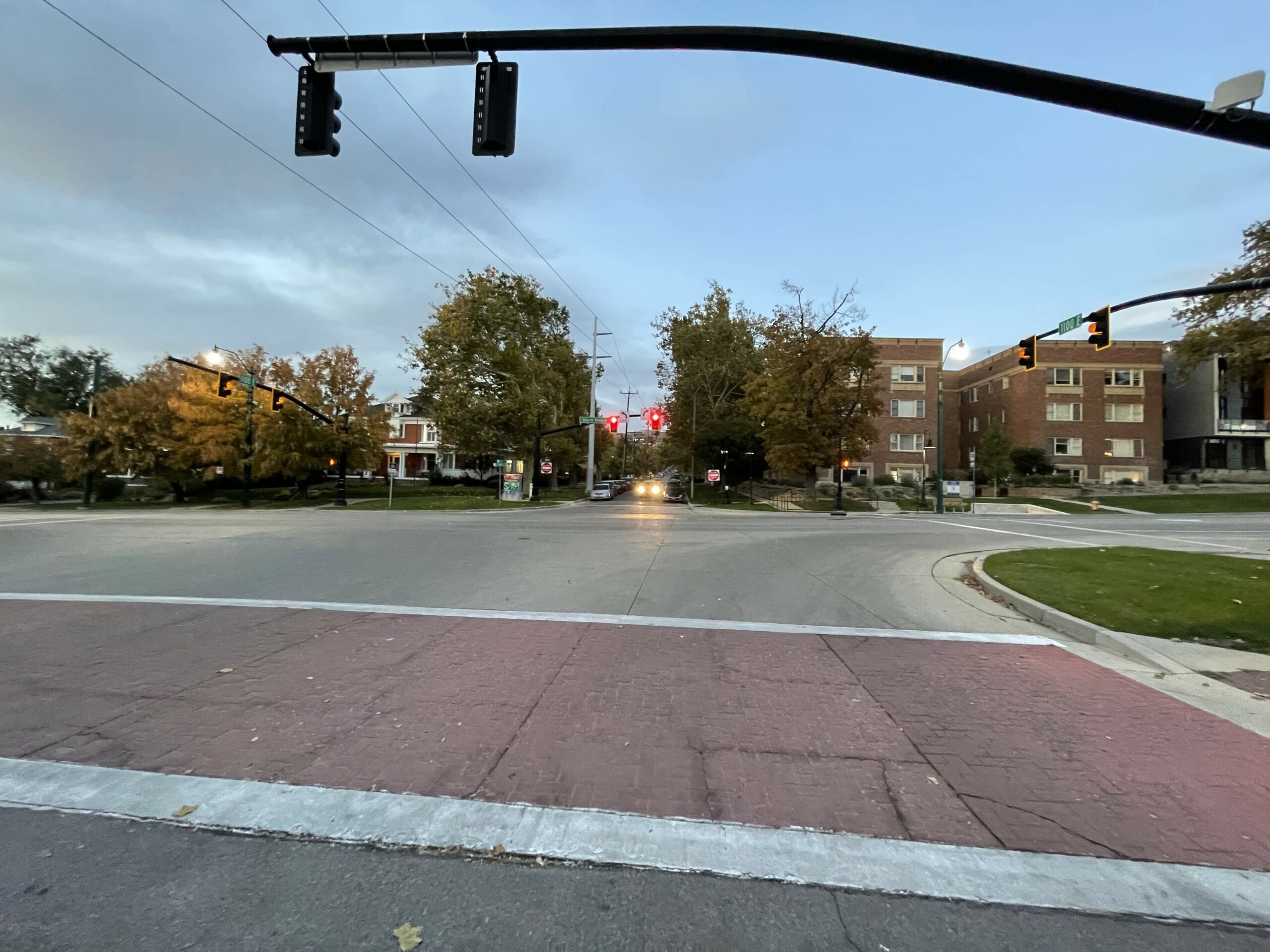
The sick irony of this is that UDOT Director Carlos Braceras and Mayor Mendenhall held a press conference on May 5, 2022, following 9 pedestrian deaths in early 2022 to combat traffic violence in Salt Lake City, “Our roads and cars are safer than ever,” UDOT Executive Director Carlos Braceras said during the conference, “but you wouldn’t know it based on the fatalities we are seeing. We have a problem. People are driving impaired, aggressive and distracted, and these poor decisions are costing people their lives.”
The two announced a Safe Streets Task Force and a new partnership between Salt Lake City and UDOT’s Zero Fatalities program. The Task Force later morphed into the Vision Zero Task Force in 2023 after Mayor Mendenhall pledged that Salt Lake City would become a Vision Zero City following the death of a child on 1300 South. Vision Zero is a philosophy for street safety that aims for zero traffic deaths and serious injuries. Salt Lake City has committed to this goal by 2035. Ironically, this is the same year through which that the anti-safety bill aims to force Salt Lake City and UDOT to justify any ‘highway reduction’ strategy.
SB 0195 would effectively terminate Vision Zero for at least 9 months, and possibly much longer depending on the outcomes of the study and any inherent bias. It goes against UDOT priorities and those of Director Braceras, Mayor Mendenhall, and against common sense.
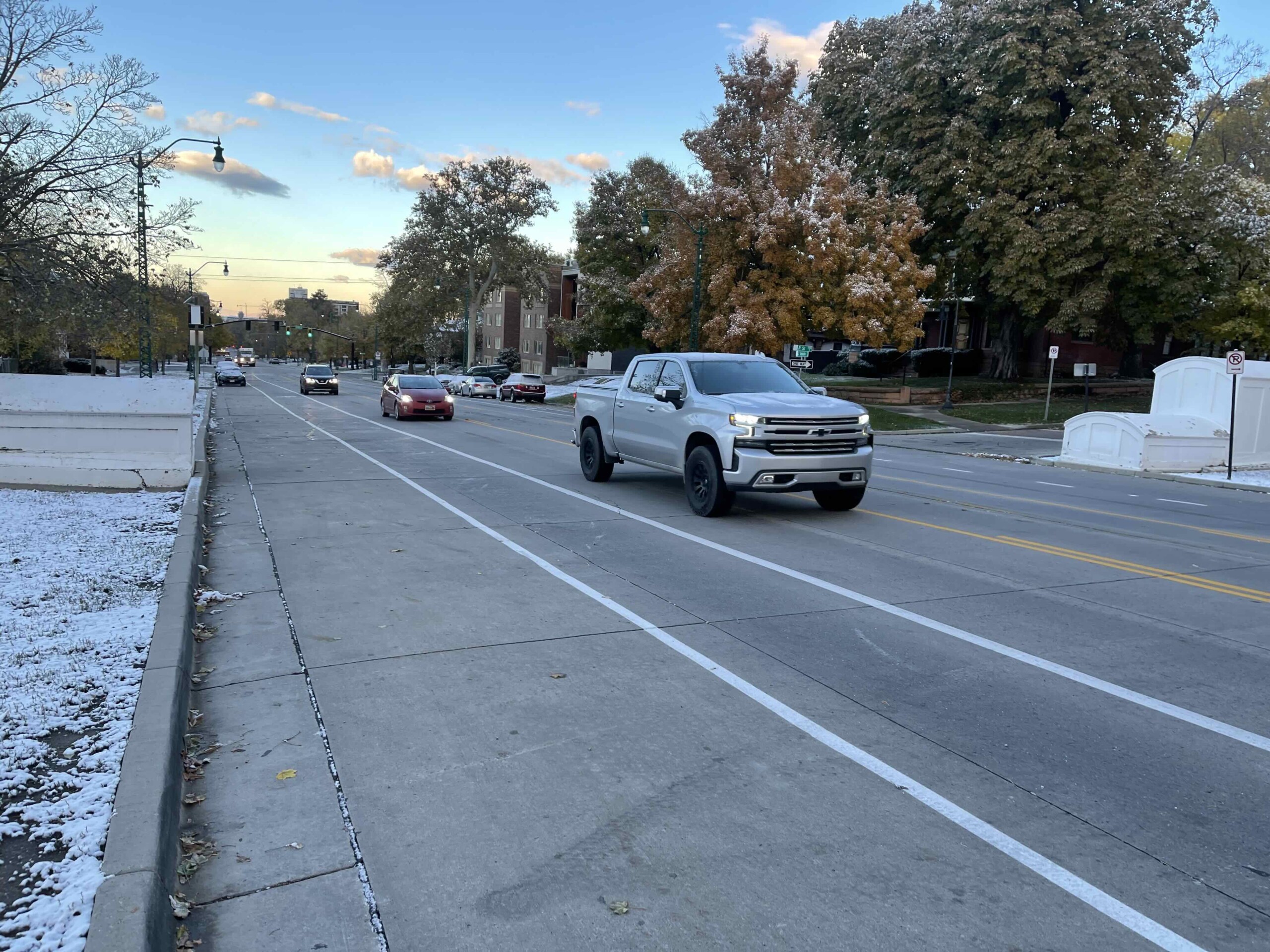
The bill also threatens many road projects and plans that are already funded with grants or planned as part of the 2025 construction season. In 2024, Salt Lake City received a $2.9 million grant to create safer conditions on Redwood Road in partnership with UDOT. This would include pedestrian signals, sidewalks, and more all of which could be deemed ‘highway reduction strategies’. The ill formed bill would jeopardize this grant.
Additionally, 600 North’s reconstruction in Salt Lake City, slated to get protected bike lanes, would be hampered or stopped by the bill because of changes to slow traffic that would include lane changes. The project webpage (https://www.600northslc.org ) states, “Priorities included trees, landscaping, upgraded bike infrastructure, traffic calming, and better lighting, with speeding and safety identified as top concerns.” Almost all of these would be banned or delayed by the anti-road-safety bill. If projects like this cannot be built to plan, this both increases costs and threatens their implementation.
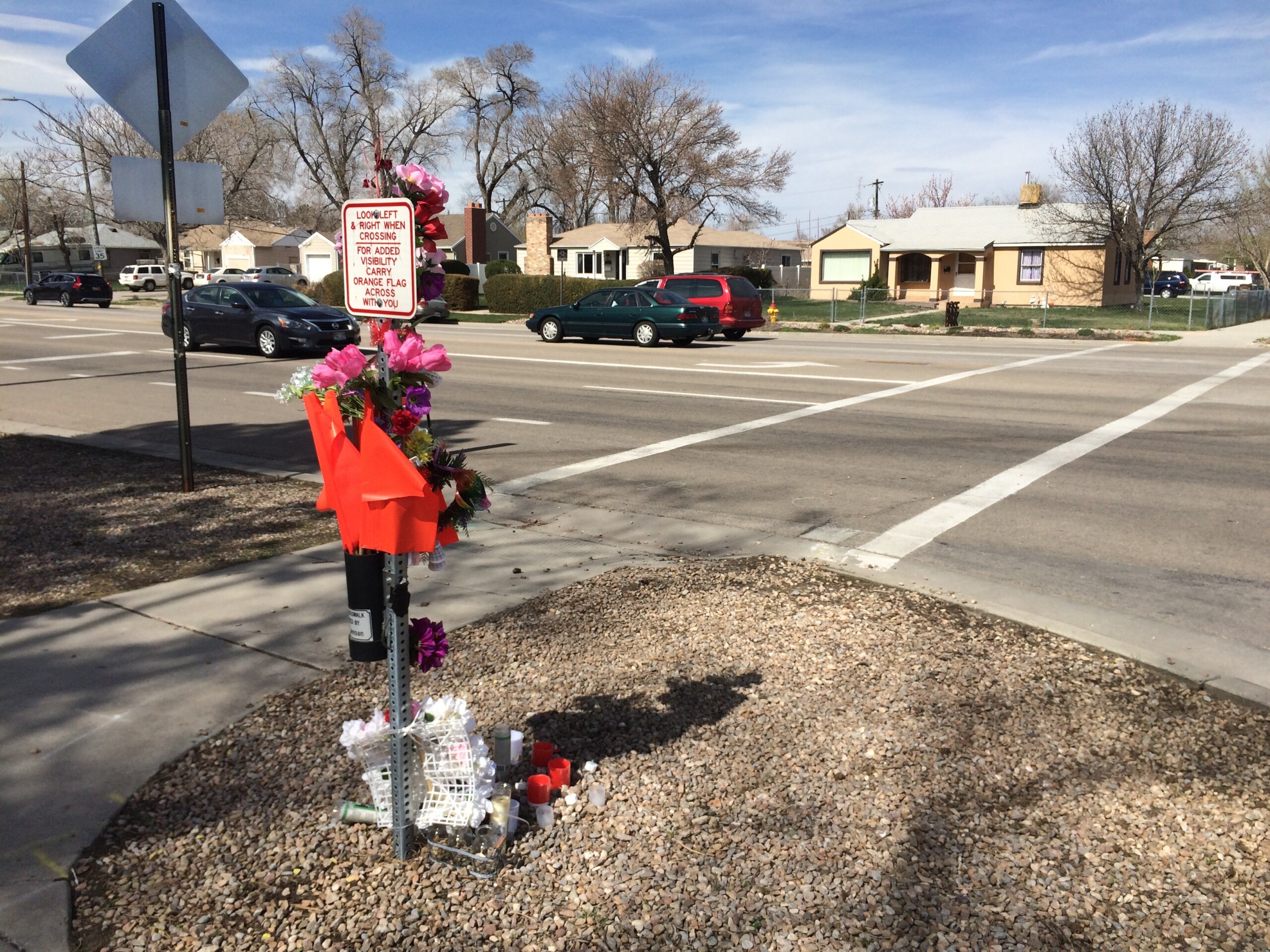
The bill’s sponsor, Sen. Wayne Harper apparently has little regard for the safety of anyone including pedestrians, drivers, cyclists, and children. He added the language after the bill was heard in committee and just prior to the Senate floor vote. The bill passed the Senate 19-6 in a party line vote – 19 Republicans to 6 Democrats. It’s unclear why road safety is a partisan issue and why various supposed pro-bike Republicans would vote for such an anti-road-safety bill.
Traffic Violence, Children, and Vulnerable Road Users
According to a 2016 study The Major Causes of Death in Children and Adolescents in the United States (Cunningham, Walter, and Carter), 20% of all childhood deaths were attributed to motor vehicle crashes. And, according to UDOT, 281 people lost their lives in Utah due to crashes in 2024; one third of whom were pedestrians, cyclists, and motorcyclists. SB0195 would reverse programs designed to make our streets safer.
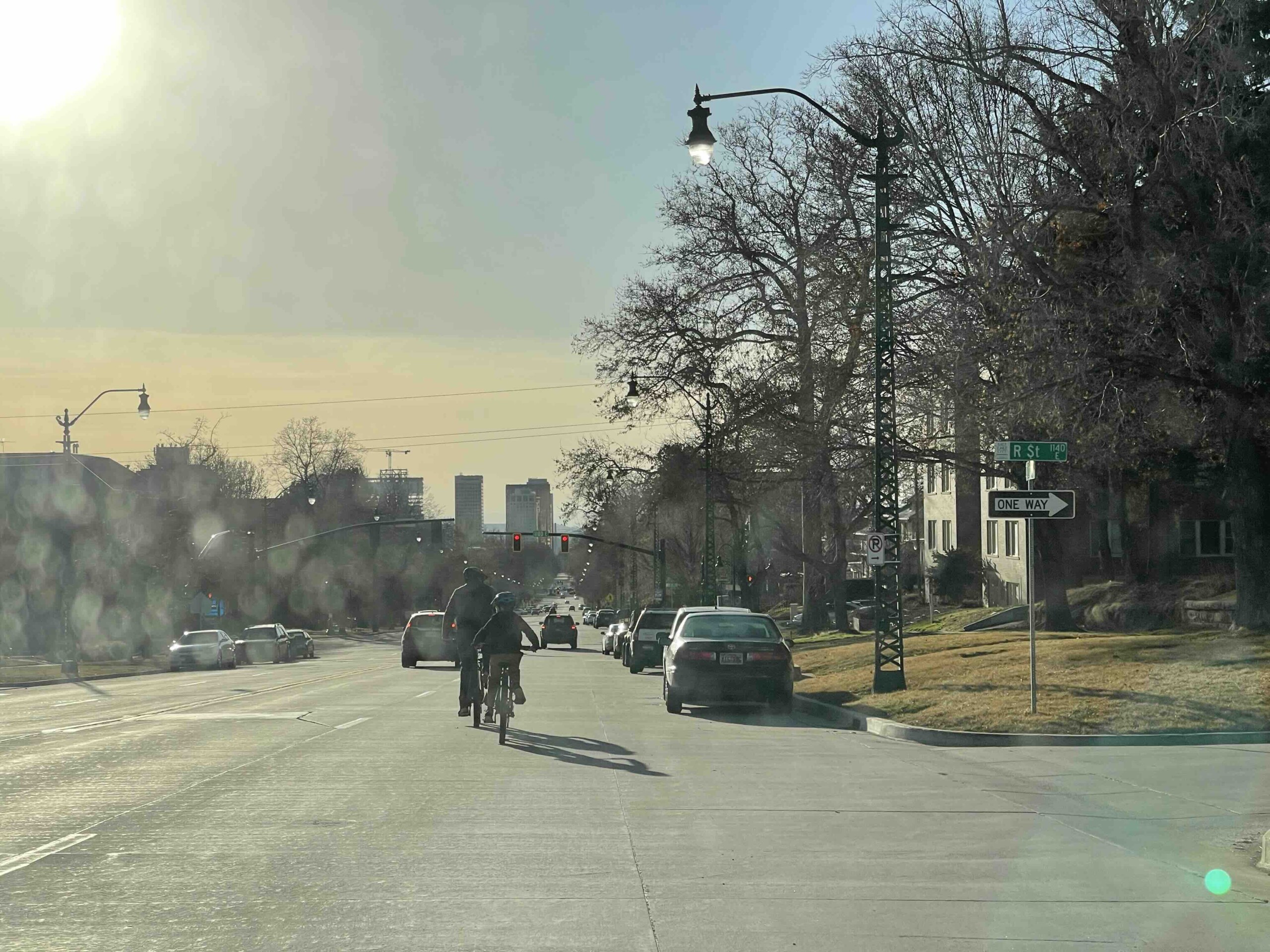
Vehicle speed and pedestrian survival rates are inversely correlated. According to the European Transport Safety Council, “For pedestrians, 5 per cent of those struck by a vehicle travelling at 20 miles/h (32 km/h) die, whereas at 30 miles/h (48 km/h) 45 per cent die, and at 40 miles/h (64 km/h), 85 per cent die.” This study, Reducing traffic injuries from excess and inappropriate speed was conducted in 1995, prior to the rise of more dangerous SUV’s and pickup trucks. Speed kills pedestrians, motorists, and cyclists.
Senate Bill 195, that aims to eliminate anything that would slow cars, will make the roads less safe, resulting in more deaths and injuries of motorists, cyclists, pedestrians, and children.
What You Can Do:
- Be respectful and demand that the House of Representatives remove all language in SB0195 that refers to highway reduction strategies and the targeting of Salt Lake City. This is line 2867 to line 2906. Tell your story as to why traffic calming, bike lanes, and no traffic fatalities are important to you.
Ask them to support SB0195 Substitute 4. This bill by Rep. Angela Romero removes the anti-safety language. - To do so:
- Email, call, and/or text your state legislative representatives, especially those in the House of Representatives. Find their information here: https://le.utah.gov/Documents/find.htm
- Email, call, and text everyone on the House Transportation Committee, especially the bill’s House Sponsor Kay Christofferson ([email protected], 801-592-5709,https://house.utleg.gov/rep/CHRISKJ/ ) and the bill’s Senate sponsor Wayne Harper (https://senate.utah.gov/sen/HARPEWA/ , [email protected]). Find other committee members here: https://le.utah.gov/committee/committee.jsp?year=2025&com=HSTTRA
- House Transportation Committee Members:
- Rep. Kay J. Christofferson (R), Chair
[email protected], 801-592-5709 - Rep. Ariel Defay (R), Vice Chair
[email protected], 801-793-8944 - Rep. Kristen Chevrier (R)
[email protected], 801-520-6773 - Rep. Rosalba Dominguez (D)
[email protected], 801-419-3283 - Rep. Ken Ivory (R)
[email protected], 801-694-8380 - Rep. Ashlee Matthews (D)
[email protected], 385-264-2024 - Rep. Clinton D. Okerlund (R)
[email protected], 801-214-4948 - Rep. Michael J. Petersen (R)
[email protected], 435-770-6925 - Rep. Calvin Roberts (R)
[email protected], 801-538-1029 - Rep. Angela Romero (D)
[email protected], 801-722-4972 - Rep. Jake Sawyer (R)
[email protected], 385-641-5928 - Rep. Norman K Thurston (R)
[email protected], 801-477-5348
- Rep. Kay J. Christofferson (R), Chair
- Call Governor Cox’s comment line: 801-538-1000 and ask him to put pressure on the sponsors to remove the offensive language in SB0195.
The Anti-Safety Language of SB0195, Substitute Version 3 (Note: the only city that meets the criteria in 4a is Salt Lake City):
2867 (4)(a) As used in this Subsection (4):
2868 (i) “City” means a city of the first class located in a county of the first class and has
2869 an international airport within the boundary of the city.
2870 (ii) “Highway reduction strategy” means any strategy that has the potential to
2871 decrease the number of vehicles that can travel on a highway per hour, including:
2872 (A) reducing the number of lanes;
2873 (B) narrowing existing lanes;
2874 (C) adding traffic control measures;
2875 (D) decreasing speed limits;
2876 (E) utilizing speed bumps; or
2877 (F) any other strategy that when implemented may increase congestion for motor
2878 vehicles or discourage motor vehicles from driving on a particular highway.
2879 (iii) “Mobility and environmental impact analysis” means a study that assesses the
2880 impacts of implementing a highway reduction strategy, including assessing the
2881 impacts of the highway reduction strategy on state highways, local highways,
2882 mobility, traffic flow, pedestrian and nonmotorized vehicle flow, the economy,
2883 public health, quality of life, air quality, maintenance, and operations.
2884 (iv) “Moratorium period” means the period between May 7, 2025, and March 6, 2026.
2885 (b) A city may not create a highway reduction strategy or execute an existing highway
2886 reduction strategy, including the reduction or narrowing of traffic lanes, during a
2887 moratorium period.
2888 (c) The department shall conduct a mobility and environmental impact analysis to
2889 determine the impacts of highway reduction strategies that a city has implemented on
2890 or after July 1, 2015, or has plans to implement on or before July 1, 2035.
2891 (d) As part of the mobility and environmental impact analysis, the department shall:
2892 (i) assess the cumulative impact of all the highway reduction strategies that a city has
2893 implemented or has plans to implement between July 1, 2015, and July 1, 2035;
2894 and
2895 (ii) consult with relevant stakeholders, including business owners, commuters, and
2896 residents impacted by the highway reduction strategy.
2897 (e) A city subject to a mobility and environmental impact analysis under this Subsection
2898 (4) shall provide to the department any information the department determines
2899 necessary for conducting the mobility and environmental impact analysis, including
2900 any plans that city has adopted or discussed with regards to a highway reduction
2901 strategy.
2902 (f)(i) The department shall provide the mobility and environmental impact analysis to
2903 the Transportation Interim Committee on or before October 15, 2025.
2904 (ii) Any city subject to a mobility and environmental impact analysis described in this
2905 Subsection (4) shall provide a response to the mobility and environmental impact
2906 analysis to the Transportation Interim Committee on or before November 1, 2025.



